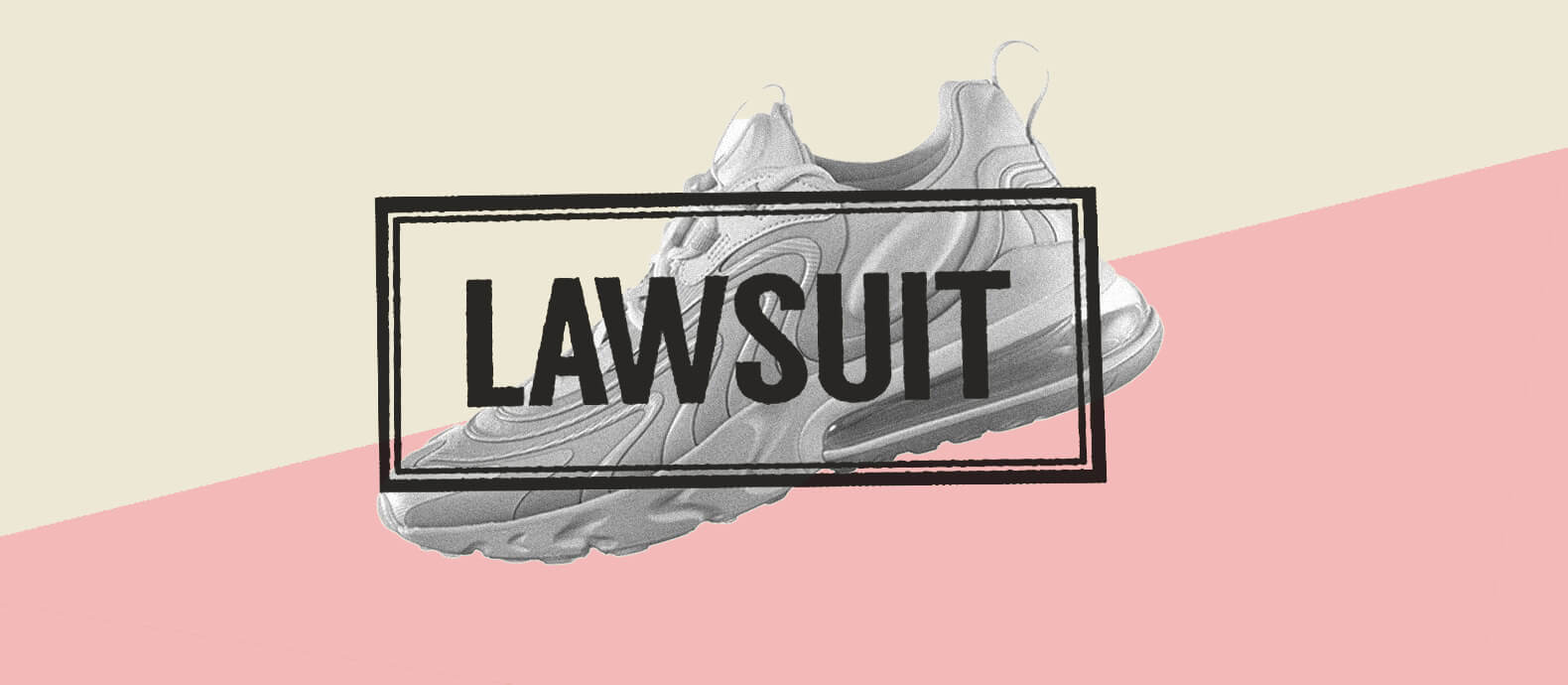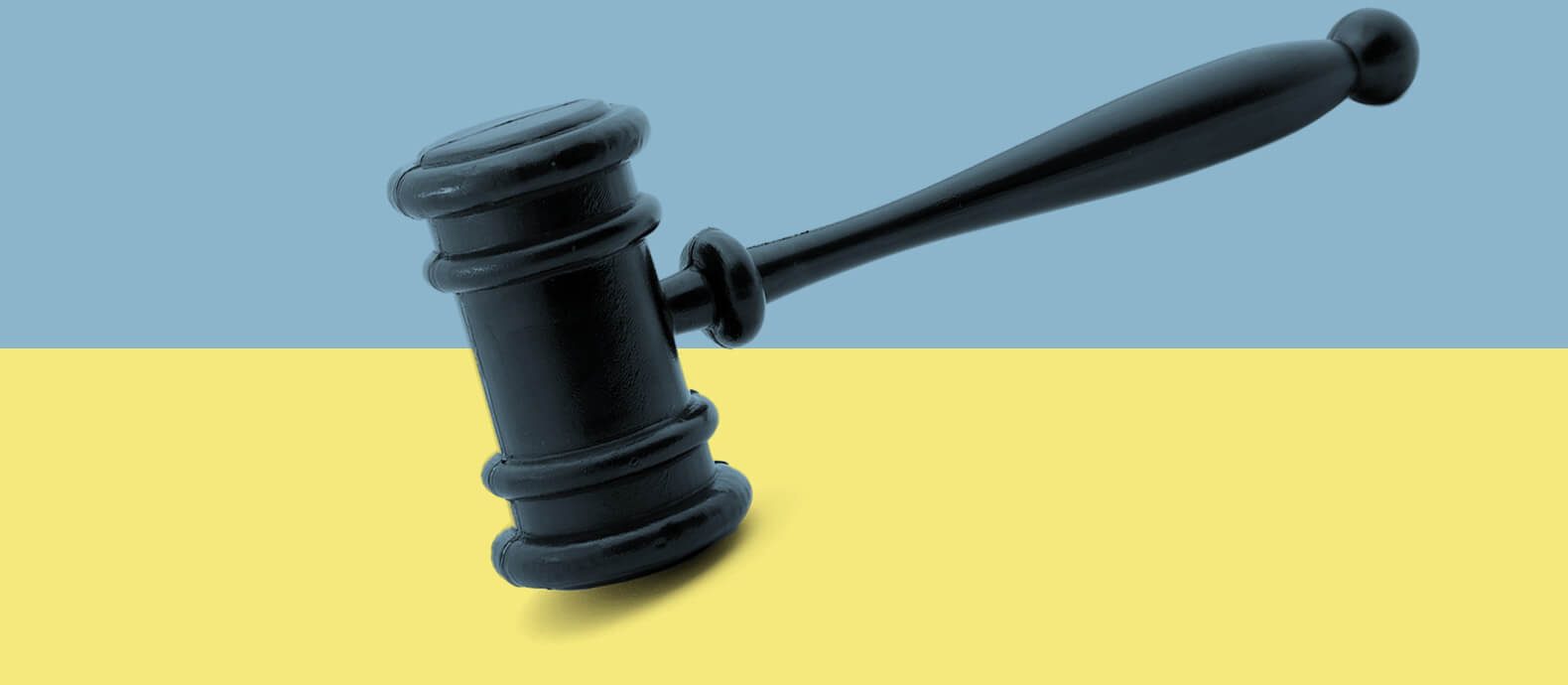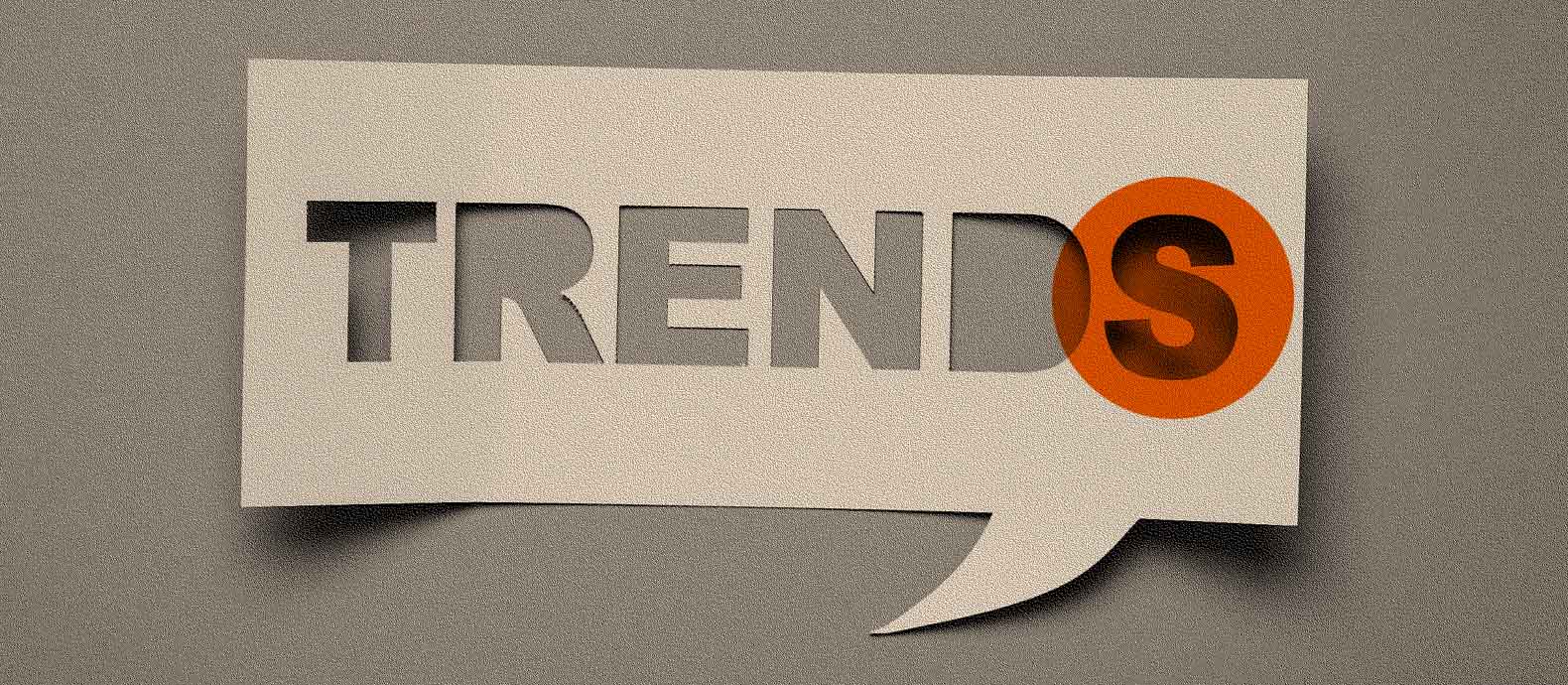For legal professionals, business executives and decision makers, it is important to know what a counterfeit lawsuit looks like and how they can be successfully navigated. Most businesses operating online have to deal with thousands of counterfeiters. The best way to fight against them is through constant automated monitoring and swift legal action.
Counterfeit lawsuits cover a wide variety of intellectual property (IP) disputes like trademark infringement and patent infringement. For businesses looking to develop and maintain their competitive edge, it is vital to safeguard your intellectual property rights. In many cases, legal action is the path that will provide the most equitable and desirable outcome.
In this blog we’ll be covering a number of topics, including:
- What is a counterfeit lawsuit and how are they carried out?
- Common types of counterfeit lawsuits
- Benefits of filing a counterfeit lawsuit
- Can you recover sales lost to counterfeiters?
- How can Red Points help your business execute counterfeit lawsuits?
What is a counterfeit lawsuit and how are they carried out?
A counterfeit is a fraudulent version of a product, service, process or document. A counterfeit lawsuit is the legal process of pursuing the creators and users of counterfeits. Counterfeit lawsuits can come in the form of trademark infringement lawsuits, copyright infringement lawsuits, patent infringement lawsuits or unfair competition lawsuits.
The majority of counterfeit lawsuits do not end up going all the way to trial. These kinds of civil litigation suits are usually resolved during the pre-trial stages or through alternative dispute resolution mechanisms like negotiation, mediation and arbitration. Intellectual property lawsuits, like patent and copyright cases, can take months or years to get to trial and reach a decision. The more complex the issue the longer, and more expensive, the lawsuit will be. For example, patent litigation lawsuits in the US take on average three to five years to resolve.
To file a counterfeit lawsuit in the US, you must begin by filing a complaint and serving a copy of the complaint on the defendant. Within the claim you will identify the nature of your claim and the degree to which your IP has been misused or violated.
To file an intellectual property lawsuit that has any chance of winning you will also need to be aware of the evidential requirements. Following the file of the lawsuit, part of the case preparation will usually involve a ‘discovery’ stage, where parties will provide information about the witnesses they have and documents relating to evidence. The purpose of discovery is to assemble evidence. So before this takes place you must evaluate the strength and form of your evidence – this may involve digital data, eye-witnesses, screenshots, recorded communications and other materials.

Common types of counterfeit lawsuits
Counterfeit lawsuits come in all shapes and sizes. Here are a few of the most common types of counterfeit lawsuits you can file in the US:
- Trademark infringement lawsuits
Trademark infringement lawsuits are centered on the unauthorized use of a trademark such as a recognizable phrase, word, symbol or logo. The recent trademark lawsuit between Adidas and designer Thom Browne concerned Adidas’ trademarked three-stripe logo. Adidas ended up losing the case, with the jury rejecting the suggestion that Thom Browne’s four stripe designs were too similar to Adidas’ three stripe logo.
- Copyright infringement lawsuits
A copyright is an IP right given to the originator for a certain amount of time to print, perform, publish, film or record artistic, literary or musical material. Copyright infringement lawsuits are often in the headlines because the largest cases often relate to famous musicians or writers. In 2022, Dua Lipa faced her second copyright lawsuit over her hit song ‘Levitating’. The claim was from songwriters L Russell Brown and Sandy Linzer who say that the opening melody was stolen from their songs ‘Wiggle and Giggle All Night’ and ‘Don Diablo’.
- Patent infringement lawsuits
A patent is an exclusive right granted for an invention. Patent infringement occurs when someone conducts unauthorized actions with respect to a patented invention. Patent lawsuits are some of the most technically complex and lengthy intellectual property cases within the legal system. Recently, BioNTech, Pfizer and Moderna have been involved in a fierce legal battle over COVID-19 vaccines.
- Unfair competition lawsuits
Unfair competition occurs when a business gains or tries to gain a competitive advantage through illegal, deceptive, misleading, dishonest or fraudulent selling practices that may harm consumers or other businesses. In 2022, the fashion, fragrance and beauty brand Chanel won their unfair competition lawsuit over a fragrance imitating its No5 perfume in China.
Benefits of filing a counterfeit lawsuit
While a counterfeit lawsuit can be a complex and lengthy process, it also has many benefits – especially if you win! Below we’ve highlighted some of the benefits your business will receive by filing a counterfeit lawsuit:
- Protecting your brand and reputation
If you are suffering from a spate of counterfeits, your brand and your business’ reputation should be at the forefront of your mind. By filing a lawsuit you begin a legal process that will allow you to obtain relief that can help you protect your brand and reputation.
For example, if you have a strong case in trademark, copyright or patent law you can obtain an injunction that will prevent counterfeiters from further diluting or damaging your brand with their counterfeit products, services, process, logos, words, phrases or inventions.
- Preventing financial losses
Equally, one of the key incentives for engaging in counterfeit litigation is to prevent monetary losses. If successful, one of the most important remedies the court may award is damages which will be compensatory unless the infringement is flagrant, in which case the damages may be punitive.
Further, commencing legal action may also prevent the counterfeits from continuing their actions which will stop your brand’s revenue from being undermined by scammers and bad actors.
- Deterrent effect on future counterfeiters
Nobody wants to be sued. It is a costly and sometimes devastating event. As a result, if you successfully win a counterfeit lawsuit, other potential counterfeiters will be deterred from stealing from your business and violating your intellectual property.
Can you recover sales lost to counterfeiters?
Counterfeit lawsuits give the wronged party the opportunity to recover sales lost to counterfeiters through various kinds of damages.
For example, the Lanham Act (the primary source of federal law on trademarks) allows the successful party to recover up to $2 million per counterfeit item for wilful counterfeiting. These are known as statutory damages. Brands can also recover actual damages, that includes the counterfeiter’s profits and any loss suffered. In many cases these kinds of damages are triple if there is evidence to show that the counterfeiting was intentional.
For many businesses this means that you will be able to recover sales lost to counterfeiters and be restored to the financial position you were in before the counterfeiting action. However, whilst these damages are available they are not guaranteed. To give yourself the best chance of recovering sales lost to counterfeiters you need to know how to gather the right evidence and put together a strong case. Thankfully, this is where you can rely on Red Points.
How can Red Points help your business execute counterfeit lawsuits?
A successful lawsuit has the ability to restore your financial position, safeguard your reputation and deter counterfeiters from targeting your business. Red Points’ Revenue Recovery Program will ensure that you are able to execute counterfeit lawsuits in a way that is efficient, cost-effective and impactful.
Red Points accomplishes this in three simple steps:
- Target infringers
Our automated bots crawl the web to identify high-profile counterfeit sellers. Through constant and thorough monitoring we can detect those scammers that have the greatest potential to damage your business.
- Build a case
Once we have located these counterfeiters, we can start to help you build a strong counterfeit lawsuit. We will collect all the evidence and data you need to start and execute legal action.
- Get compensated
Our partners will then undertake legal action on your behalf, handling every element of the counterfeit lawsuit to ensure that you can recover lost revenue.
Each of these steps is geared towards delivering the best possible assistance to businesses who have been targeted by scammers. This process is built upon our experienced team and our cutting-edge technology.
Our success rate when legal action is commenced is 100% and the average compensation fee we recover for clients is $120,000. All of this with no upfront payment or extra costs for you: all work is done on a contingency basis.
What’s Next
A successful counterfeit lawsuit depends on the strength of the evidence, the swiftness of the legal action and the experience of the litigators. These are all elements with which Red Points can help you and your business.
Intellectual property disputes can make or break the fortunes of your business, so it is vital to deal with them efficiently and effectively. To learn more about how Red Points can help you recover lost revenue with one successful counterfeit lawsuit, apply here.







